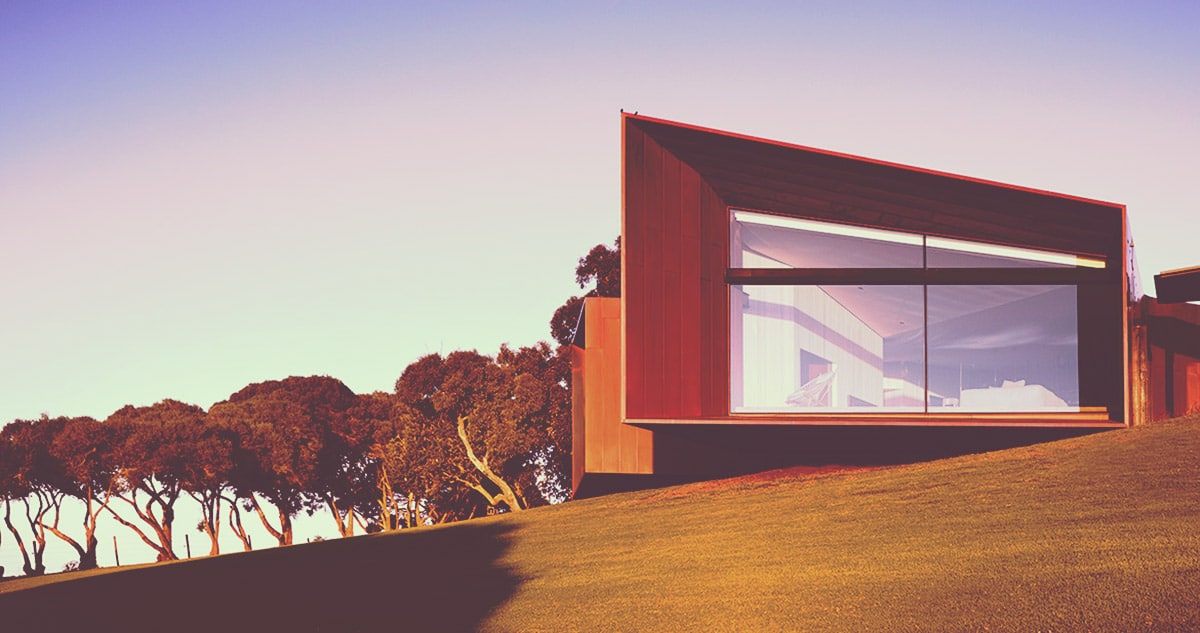For the past few months i have been working on a project which i am very proud of! I have always had a great appreciation for well designed houses and living spaces so being offered the opportunity to travel across Asia and Australia filming some of the most jaw dropping residences was an opportunity i didn’t want to miss.
I was involved in filming houses in Singapore and Thailand as well as DP’ing the links and various show segments in Sydney, Australia.
The show is going to air throughout March on channel 7 in Australia.
See here for more details
Filming the show
I was engaged as a freelance director of photography to fly over from Adelaide to Singapore & Thailand. I also filmed the links to the show in Sydney. It was a challenging shoot but extremely rewarding.
Filming high-end architecture gave me room to push my boundaries when it came to shot composition and scene structure. I have always been a fan of right angles and sometimes letting the subject do the talking over fancy camera movement. Most of the time, my job is to try & allow the audience to forget they are watching a screen and be at the location they are watching. I approached this idea by filming a lot more locked off ‘flat-lay’ shots than normal to allow the scenes to breathe and let the amazing houses do the talking.
For an in-depth review of the technical equipment used to film this show, see my Sony FS7 camera review here

Availability for freelance camera man / dop hire
I am based in Adelaide and available for hire on a day rate or project rate basis. My skill set ranges from directing, camera & edit.
For more information, feel free to get in touch
Hire Paulfor your next video project
Paul and his team of trusted video crew are available for day rate hire or project rate hire in Adelaide at local rate, Australia wide or Global at very competitive rates.
Camera kits can be built for custom jobs. See full kit list here
Get in touch for availability and rates


